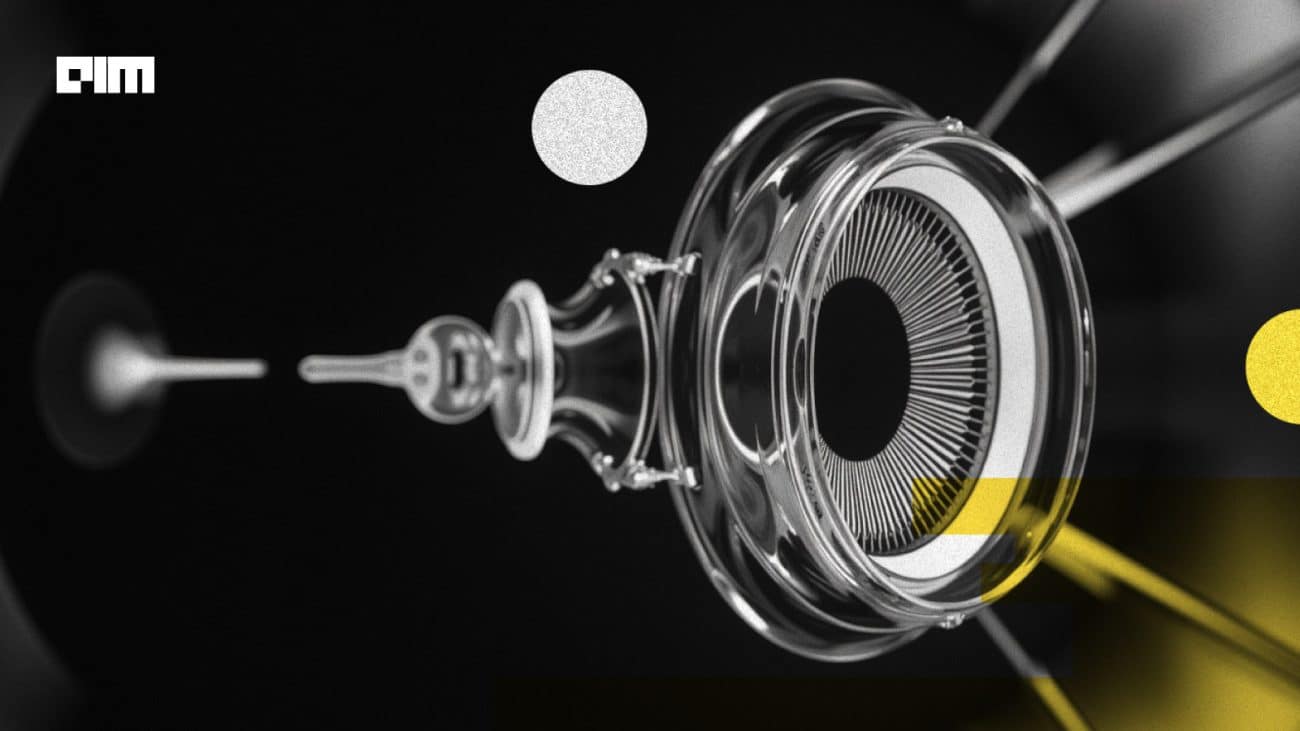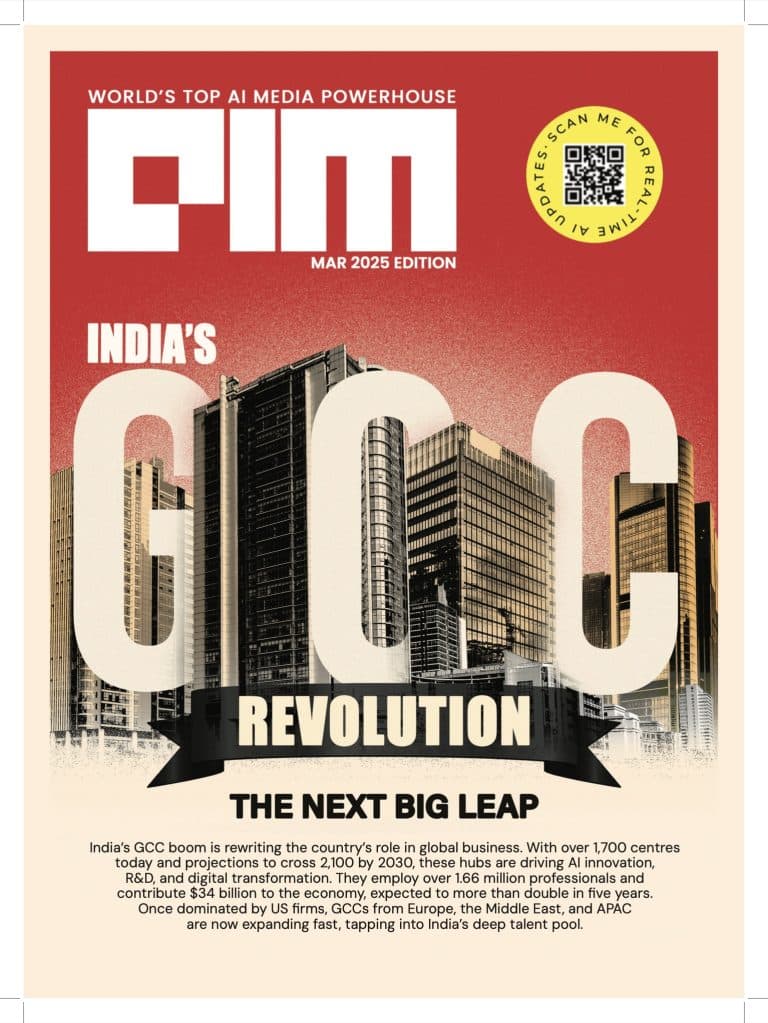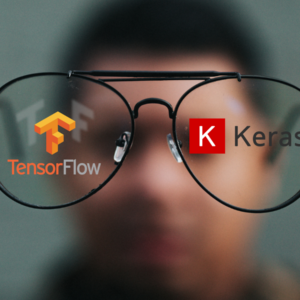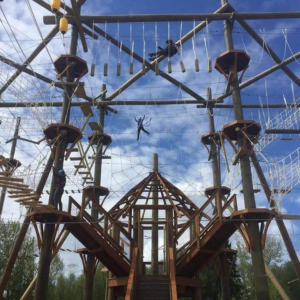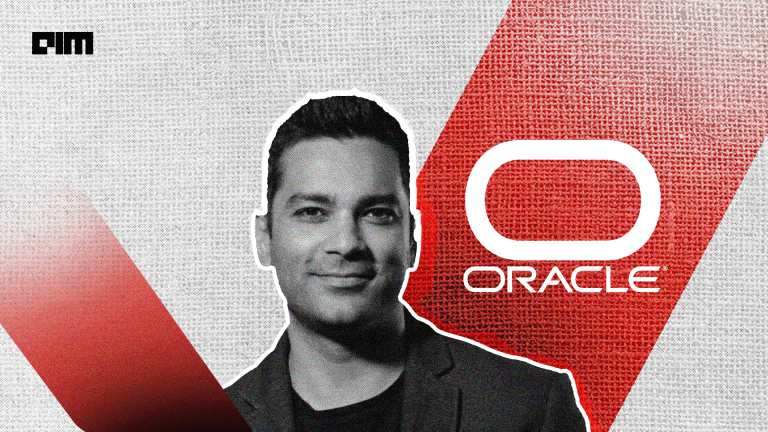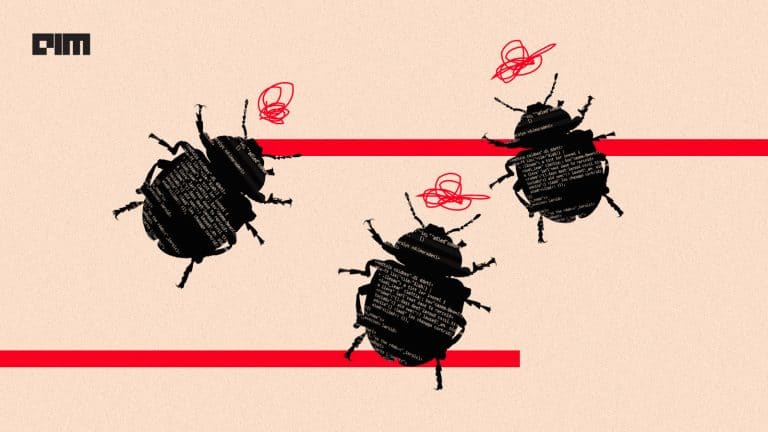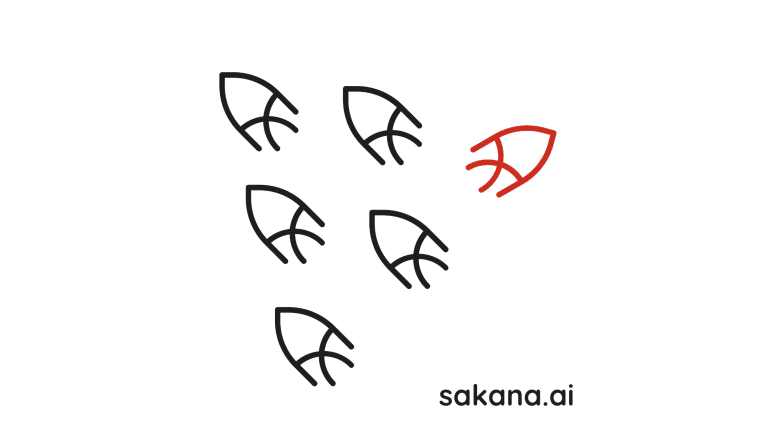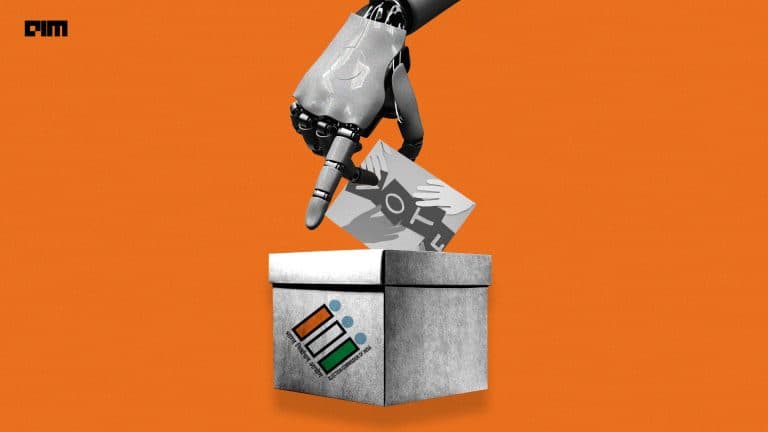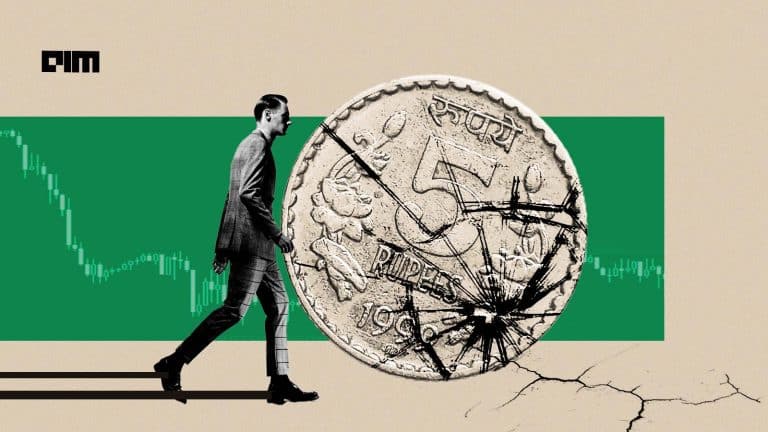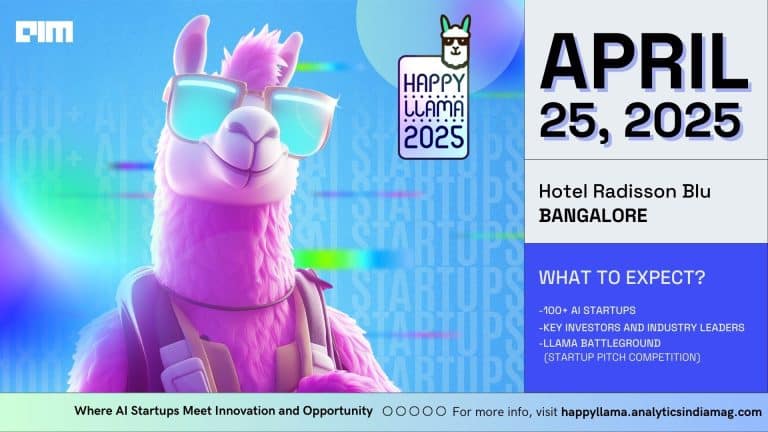Amblyopia, often referred to as ‘lazy eye’, is a prevalent yet frequently overlooked vision disorder that affects 1-5% of the global population. Its prevalence has reached up to 5% in India. While conventional therapies exist and have proven effective, they come with numerous challenges and are often met with resistance, especially from young children. A Bengaluru-based health-tech startup is using immersive virtual reality to address this issue.
Founded in 2023, NeuraSim uses advanced VR-based simulations to rewire the brain’s visual processing. It offers a breakthrough alternative to traditional treatments for amblyopia, such as patching therapy.
“The conventional therapy is called patching, where we put a patch over the good eye and let the brain be forced to use the weaker eye. This takes nine months, and children often drop out within two to three months. In contrast, our immersive therapy improves vision starting from 20 days of therapy, with results in 45 days,” said Ramesh S Ve, founder and CEO of NeuraSim, in an exclusive interaction with AIM.
VR-Based Vision Therapy
Amblyopia usually occurs in childhood when one eye is significantly weaker than the other. This leads the brain to suppress input from the weaker eye. If left untreated, it can result in permanent vision impairment.
NeuraSim’s VR therapy offers a non-invasive, engaging, and scientifically validated approach. By immersing patients in controlled VR environments, the treatment stimulates the weaker eye while simultaneously ensuring the brain integrates inputs from both eyes.
“We need to dissociate one eye as being weak and the other as being strong. The brain is conditioned to only use one eye, and we have to recondition it and rewire it. Virtual reality, by design, brings in that facility,” Ramesh said.
NeuraSim VR headset
The therapy consists of immersive VR simulations customised for each patient’s needs. The technology has been validated through clinical testing, and the results are promising.
“To our surprise, within 45 sessions, from near blindness in the weak eye, a seven-year-old child gained almost 600% improvement. Today, that child has stable vision which she wouldn’t otherwise have had,” Ramesh shared.
This form of treatment also addresses the shortage of ophthalmologists and optometrists in the country. “For India’s 1.4 billion population, we just have around 30,000 ophthalmologists and 25,000-30,000 optometrists. Even if we include opticians and other support staff, the total workforce is just about one lakh. This is nowhere near enough to provide adequate eye care for the growing population,” Ramesh emphasised.
Software and Hardware Combo
NeuraSim, founded in 2023 and headquartered in Bengaluru, has its research and development incubated at the Manipal Bioincubator. The company initially received funding from a Biotechnology Industry Research Assistance Council (BIRAC) grant and later secured a €1 million Indo-European research grant to develop its VR technology.
NeuraSim’s VR solution is built on years of research and clinical trials. Ramesh, who has a background in public health and vision science, worked with leading institutions like Johns Hopkins University and Manipal Academy of Higher Education before founding NeuraSim with Girish Somvanshi. His extensive experience in epidemiological studies and telehealth inspired the creation of the startup.
Despite being a relatively young startup and even recently getting featured in Shark Tank India, where they failed to receive funding, NeuraSim has already gained traction among India’s top eye care institutions and received a number of inquiries following the airing of that episode.
Aravind Eye Care, an ophthalmology institution known worldwide, was among its first paying customers. “We wanted to validate if there was a real business case. Today, we have over 20 customers, including repeat clients from the Aravind chain,” Ramesh said.
NeuraSim offers two pricing models for its VR-based amblyopia therapy. One of the models includes a monitor, mini-computer, and VR device and is priced at ₹4.5 lakh. For this variant, therapy is administered by a clinician. Meanwhile, the second model is available for rent at ₹12,000 per month. “That comes to around ₹200 per session, making it more accessible for parents who would otherwise spend ₹400 on travel for clinic visits,” he further said.
While VR-based vision therapy shows great promise, the road to adoption doesn’t come without its challenges. One of the primary hurdles was the availability of suitable VR hardware.
Initially, NeuraSim relied on imported devices like Pico, which later became difficult to procure due to geopolitical issues. This pushed the company to partner with Pune-based startup Question What’s Real (QWR) to manufacture VR headsets locally.
Hurdles Remain
“We are very proud to say that we are now hardware agnostic. Our software can work on QWR devices, Oculus Quest, and other VR platforms. But as a medical device company, we need a hardware partner who can support regulatory compliance and long-term servicing,” Ramesh noted.
By transitioning to domestic hardware partners, the company has managed to cut costs by nearly a third, making the solution more affordable.
Moreover, parental scepticism about VR-based therapy posed an initial barrier. Many parents questioned whether extended VR exposure was safe for children.
“We explain that this is a temporary, structured treatment, not long-term VR exposure. It’s like a prescription, a controlled use of VR to improve vision function,” he clarified.
Looking ahead, NeuraSim aims to expand its VR therapy offering beyond amblyopia. The startup is developing AI-based retinal imaging tools and neurorehabilitation programs for conditions such as glaucoma and Parkinson’s disease. The company’s roadmap also includes expanding its clinical partnerships, increasing accessibility through home-based therapy solutions, and entering international markets.
“Our target is to be in 150-200 clinics by December 2025. Each clinic treating at least five patients per month for home therapy will allow us to reach a scale where vision therapy becomes more accessible,” Ramesh outlined.
With the rising number of patients, AI, telehealth, and VR-based therapy can help bridge the gap in healthcare access, ensuring more people receive timely treatment despite the shortage of specialists – a vision NeuraSim is actively working towards.


